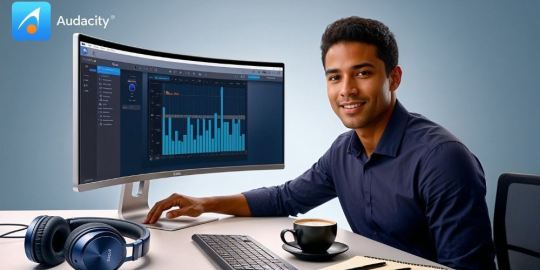
Creating a podcast is a fulfilling yet detailed endeavor. One crucial piece of the puzzle is audio editing, an essential process for packaging your content professionally. Audacity, an open-source audio editing software, is a favorite for many podcasters due to its intuitive platform and robust features, ideal for beginners and experienced creators alike. In this guide, we delve into practical techniques to harness Audacity for podcast editing, ensuring your episodes shine in the crowded world of audio content.
Understanding Your Toolkit
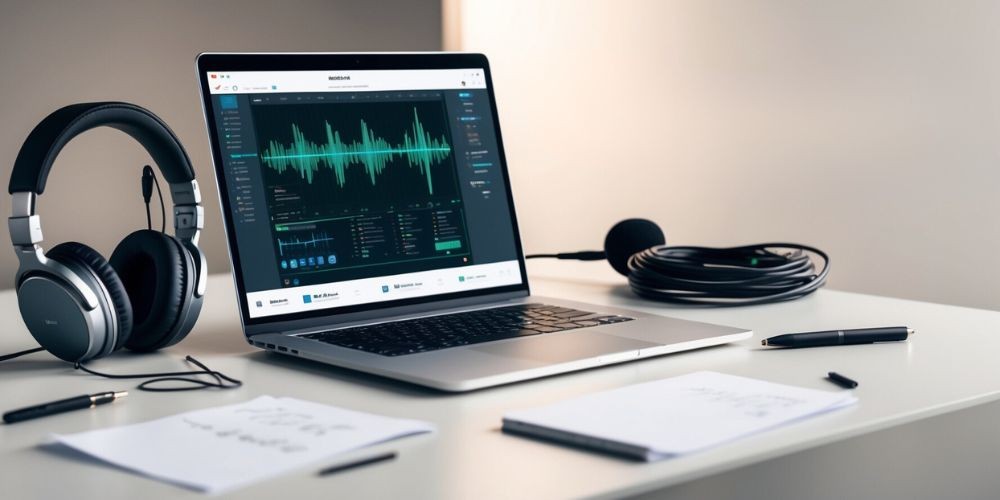
Before diving into editing, it's imperative to have the right hardware and software setup. To begin, ensure your recording device—be it a USB mic, an XLR connected to an audio interface, or a traditional jack mic—is properly connected and functioning. Launch Audacity and locate the Device Toolbar, where you'll choose your recording device. For most podcasting needs, mono recording is preferable as it simplifies the process and is effective for vocal tracks.
When working with an interface that supports stereo channels, always verify your settings. Choose mono to prevent your voice from isolating to one side, improving the final listening experience. Don’t forget to designate your playback device, whether headphones or speakers, to complete your setup.
Recording Like a Pro
Before hitting 'record,' it’s essential to test your equipment to ensure optimal performance. Begin by activating the Recording Meter Toolbar, which helps you monitor your microphone's input levels. Aim for levels that consistently stay in the green zone between -18dB and -12dB to avoid clipping or distortion.
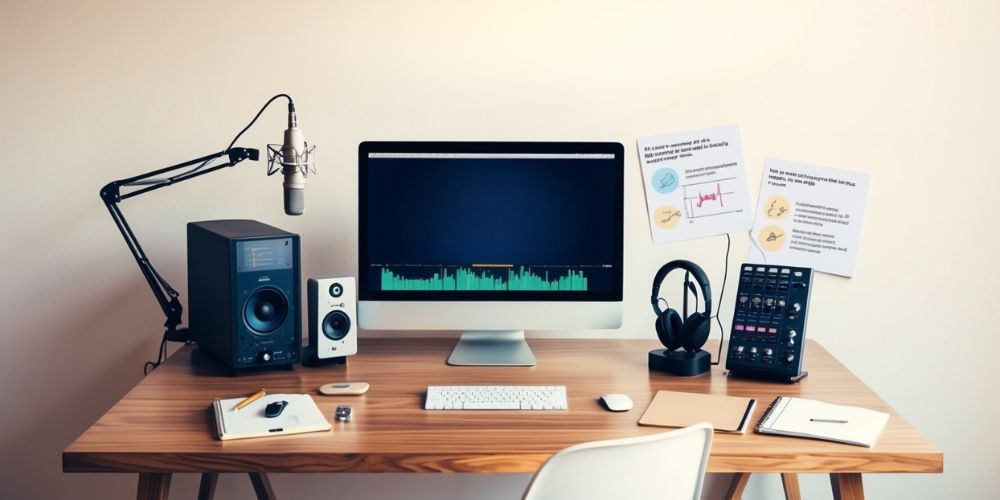
Once your levels are adjusted, you’re ready. Press the red button to start recording, and watch as your voice turns into a waveform. During sessions, feel free to press pause when you need to regroup before continuing. This method ensures you capture your best performance, essential when recording lengthy podcasts.
Essential Tools for Editing
Getting familiar with Audacity’s selection of tools will significantly augment your editing process. The Selection Tool is indispensable for pinpointing sections to modify, delete, or enhance. Additionally, the Envelope Tool allows you to adjust sound levels easily within a track, perfect for integrating music or voice-overs seamlessly.
Don't forget the Zoom Tool, which lets you focus on intricate details within your waveform. Identifying undesired noise becomes more straightforward, and aligning your audio segments accurately is achievable when you can see them clearly.
Elevating Your Audio Quality
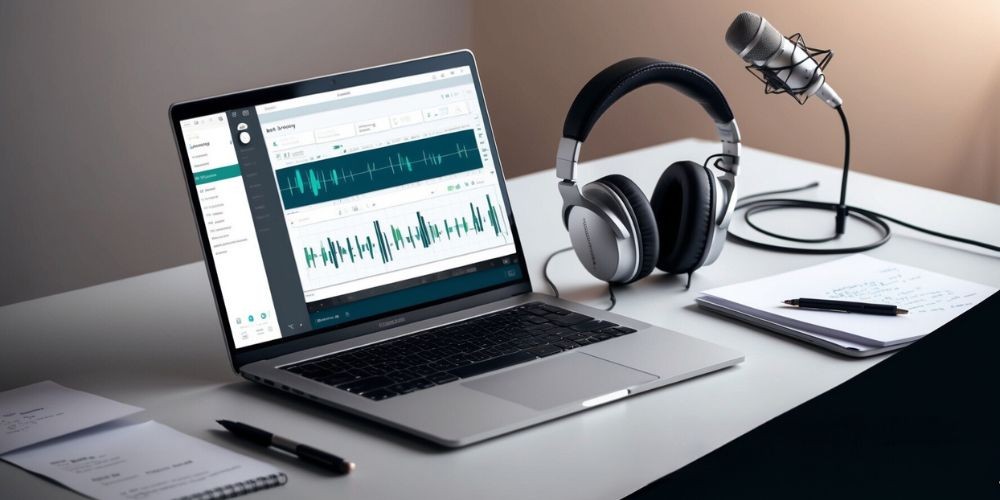
Post-recording, it’s time to polish. Import any additional audio files you need using the File menu. This might include interviews recorded elsewhere or royalty-free music additions. Arranging these elements cohesively creates a structured and coherent podcast episode.
Begin editing by employing Audacity’s built-in effects to enhance your podcast. Equalization (EQ) adds richness, clarity, and warmth to your voice, an invaluable touch, especially for non-professional-grade mics. Reduce sibilance and plosive sounds, refine tones, and maintain listener interest with EQ adjustments.
Fine-Tuning with Compression and Normalization
Achieve a balanced sound by applying compression. This effect minimizes volume disparities within your track, ensuring every word resonates clearly. Once applied, consider using the Loudness Normalization tool, crucial for reaching standardized volume levels embraced by major platforms like Spotify.
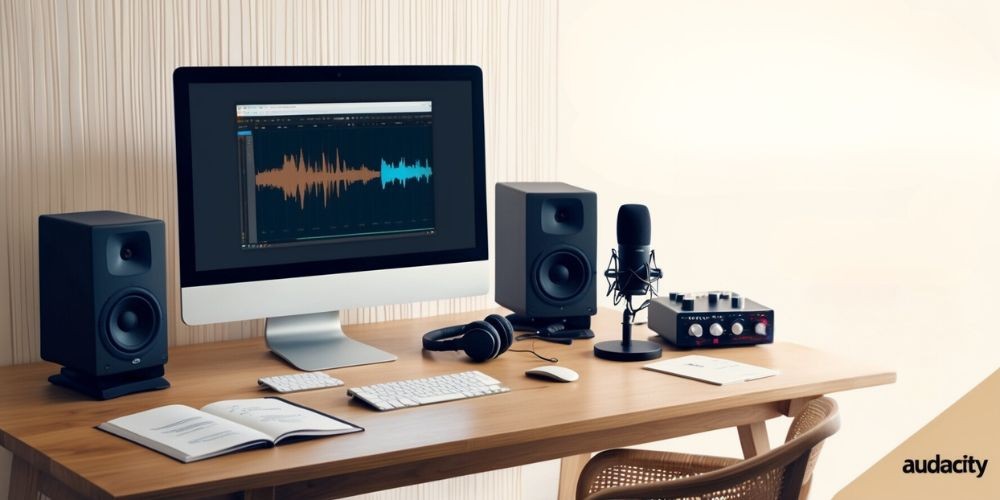
For finite volume adjustments, take advantage of the Amplify effect or manually tweak the levels with the Envelope Tool. These practices solidify your podcast's clarity and ensure it's appealing to listeners.
Concluding with Style
As you finalize your podcast, Audacity’s Auto Duck effect can elevate your show’s polish. This technique dynamically adjusts background music levels during vocal segments, providing a professional touch to your intro, outro, or any musical overlay.
After thorough edits, the final step is exporting. Choose a suitable format for your podcast's distribution—WAV or MP3 are reliable choices. Rename your project, add metadata, and prepare to share your creation with the world. Mastering Audacity's capabilities transforms your raw recordings into polished podcast episodes, fostering an engaging listener experience and setting a solid foundation for your podcasting journey.
With practice, these best practices will become second nature, enhancing not just your workflow but the overall quality of your podcast production. Remember, fine-tuning your skills with Audacity can make all the difference, resonating your creativity through every episode.